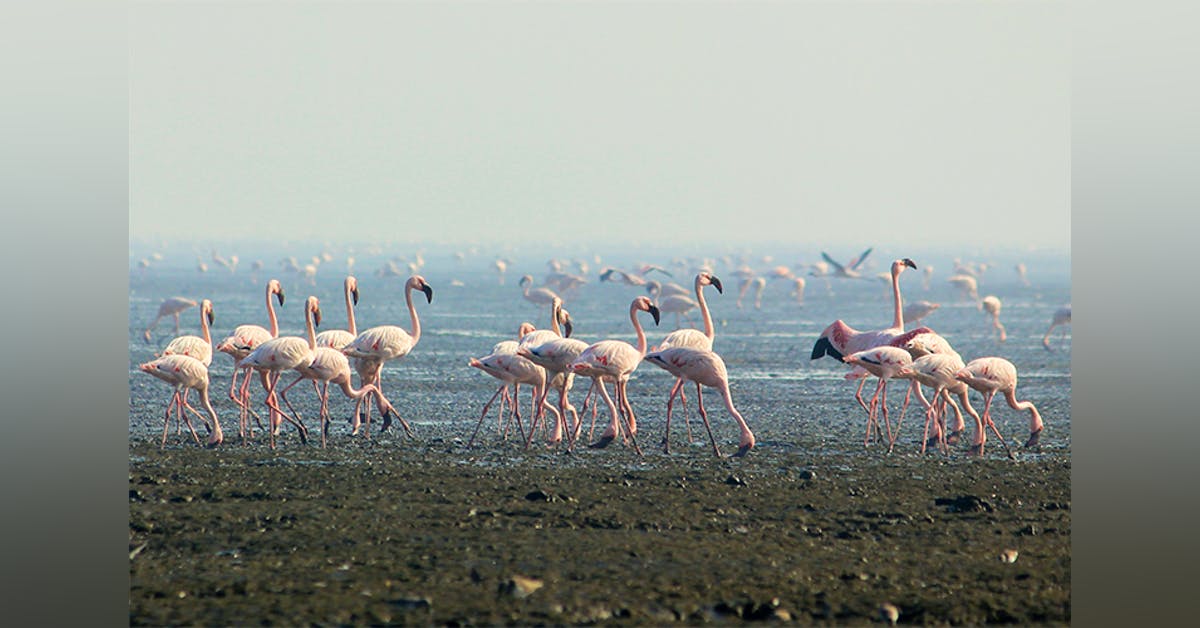One of the most celebrated and colourful festivals of India, Holi, is here! Like most Hindu festivals, Holi too is synonymous to the victory of good over evil and has many names, rituals and significances.
However, this year, in spite of its vibrant colours and fervour, most Holi parties are either getting cancelled or very subdued due to the coronavirus outbreak. I am just as saddened as you are at how we all are struggling to conquer a rampant epidemic. Nevertheless, it is important to explain to our children, the true reason behind this festival and why they should embrace it for its significance, and not just because of the dance and revelry attached to it.
Holi is a very important festival, not just mythologically, but also scientifically and environmentally. Scroll down to find out why.
When is Holi celebrated?
Holi is celebrated over two days. In some parts of India, like Mathura, Vrindavan, Assam, Bengal, Odissa, festivities start a week earlier, but I will only talk about the main 2 days here.
Day One: Holika Dahan or Chotti Holi:
It is the eve of Holi. It starts on the evening of the last full moon (Purnima) of the month of Phalgun. People burn born fires and effigies of Holika. Devotees walk around the fire (parikrama) and seek blessings of the God of Fire (Agni dev). The next day the ashes are collected from the bonfire and smeared on the forehead as vibhuti prasad.
Day Two: Holi or Dhuleti:
Unlike all Indian festivals, no religious rituals are performed on this day. It is a day of just pure fun and frolic. It is the day when people smear colours on each other’s faces and drench them in water and indulge in Holi specialities like thandia, puran poli, gujia and dahi bhale.(Check out KSP Food Editor’s reccomendation for kid-friendly Holi recipes!)
This year Holika Dahan is on 17th March 2022 and Holi is on 18th March 2022.
What is the mythological story behind the bonfires on the eve of Holi?
So the story is very simple and mentioned in the holy text Narada Purana. Once there was a mighty demon king called Hiranyakashyap. He had prayed to Lord Bramha for many years and pleased with his devotion, Bramha gave him a boon. This boon made him invincible. King Hiranyakashyap soon began to think of himself as God. He became very arrogant and forced all his subjects to worship him.
However, King Hiranyakashyap’s own son Prahalad did not believe that his father was God and paid no heed to his father’s cruel demands. Prahalad continued to pray to Lord Vishnu. This angered King Hiranyakashyap and he decided the kill his own son. He tried many ways, but always Prahalad came out unscathed. King Hiranyakashyap then approached his sister Holika for help. Now, Holika had a boon that made her immune to fire. So Holika took Prahalad on her lap and sat in the middle of a burning pyre of fire. The intention was that Prahald would be burnt alive and would not be able to escape her hold. But that’s not what happened. Prahalad kept chanting Lord Vishnu’s name and stayed safe, while Holika was burnt to death. Later Lord Vishnu also killed the evil Hiranyakashyap in his Narasimha form.
It is because of this story, that devotes burn a bonfire known as Holika every year. It signifies the victory of good over evil. The burning of this Holika is known as Holika Dahan.
So, why do we play Holi with colours and water?
The story goes back to Lord Krishna who is believed to be a prankster and loved spraying colours and water on the people of Vrindavan and Gokul. Also, it is said that he often felt sad and jealous of his blue skin colour and Radha’s fair complexion. So mythology has it that Lord Krishna’s mother advised him to put colour on Radha and so they would not be different at all.
And that’s why we celebrate Holi with colours, to celebrate the immortal love of Radha and Krishna. Each colour has its own significance. Gulal (red powder) represents fertility, blue is the colour of Lord Krishna, yellow and green represent spring and start of something new.
What is the scientific and environmental reason behind the Holi festival?
Holi is very significant in our lives and bodies and we should thank our ancestors who started the Holi celebration at this precise time of the year. Here’s why.
Holi marks the arrival of the spring season and end of winter. It celebrates the spring harvest period for farmers. Hence it marks the time to be jovial and merry. However, it is also the time when most people have a tendency to feel lazy and sleepy. This is normal for the body due to the change in season from cold to hot. So to feel energized, in the olden days, people would dance and sing songs and try and remove lethargy from their body.
To add more fun to this, people started smearing each other with colours. Scientists believe that the liquid dyes or Abeer used would penetrate through the pores of the body. It then has the effect of strengthening the ions of the body adding to health and beauty. People also drink glasses of thandai, a refreshing and healthy drink, as they get exhausted from playing with colours. Thandai acts as an instant rejuvenator.
Further, the tradition of Holika Dahan also has a scientific reason for it. This period of transformation from winter to spring is also the time when there is maximum growth of bacteria in the atmosphere and in our bodies. When the Holika bonfire is burnt, the temperature rises well over 50 degrees celsius thus killing bacteria in the surrounding area. We blindly follow the tradition of walking around the fire (parikrima), not realising that being close to the heat of the fire kills the bacteria in our bodies, thus saving us from illness. This is the reason why children are encouraged to walk around the bonfire five times.
What are the unique ways in which Holi is celebrated in different parts of India?
Holi has many different names and is celebrated with its own cultural twist in different states.
In Banaras, Holi is known as Lathmaar Holi and celebrated in a very unique manner. Here the women beat the men with lathis and dress them in women clothes, all in the spirit of Holi. It is played in the sprawling compound of the Radha Rani temple in Barsana, which is said to be the only temple in the country that is dedicated to Radha. In fact, the women of Barsana start preparing a month in advance. The mothers-in-law feed their daughters-in-law rich food so that they show off their prowess on the Holi battle zone. It is a show of love, fun and equality.
In Haryana, Holi is known as Dulandi Holi. Here the Bhabhis beat their brothers-in-law and take revenge for all the pranks played on them, again all in the spirit of Holi.
In Bengal, Holi is celebrated in the most dignified manner. It is known as Basant Utsav, a tradition started by Rabindranath Tagore at the Vishwa Bharti University. Students decorate the campus in rangolis and since beautiful songs composed by Gurudev. Other parts of Bengal celebrate Holi as Dol Yatra, where idols of Lord Krishna and Radha are decorated and placed on a beautiful palanquin and taken out in a procession, while devotees sing devotional songs.
In Goa, Holi is celebrated as Shimgotav. After playing Holi, they indulge in rich spicy chicken or mutton curries known as shagoti. They take out a huge procession with many troupes and dramas.
In Punjab, Holi is celebrated as Hola Mohalla. Here the festival is celebrated as a show of physical strength by performing dare-devil acts.
Hope this helps in getting your kids to fall in love with the Festival Of Colours! Wish you all a very Happy and Safe Holi!
Image by Freepik.com




















